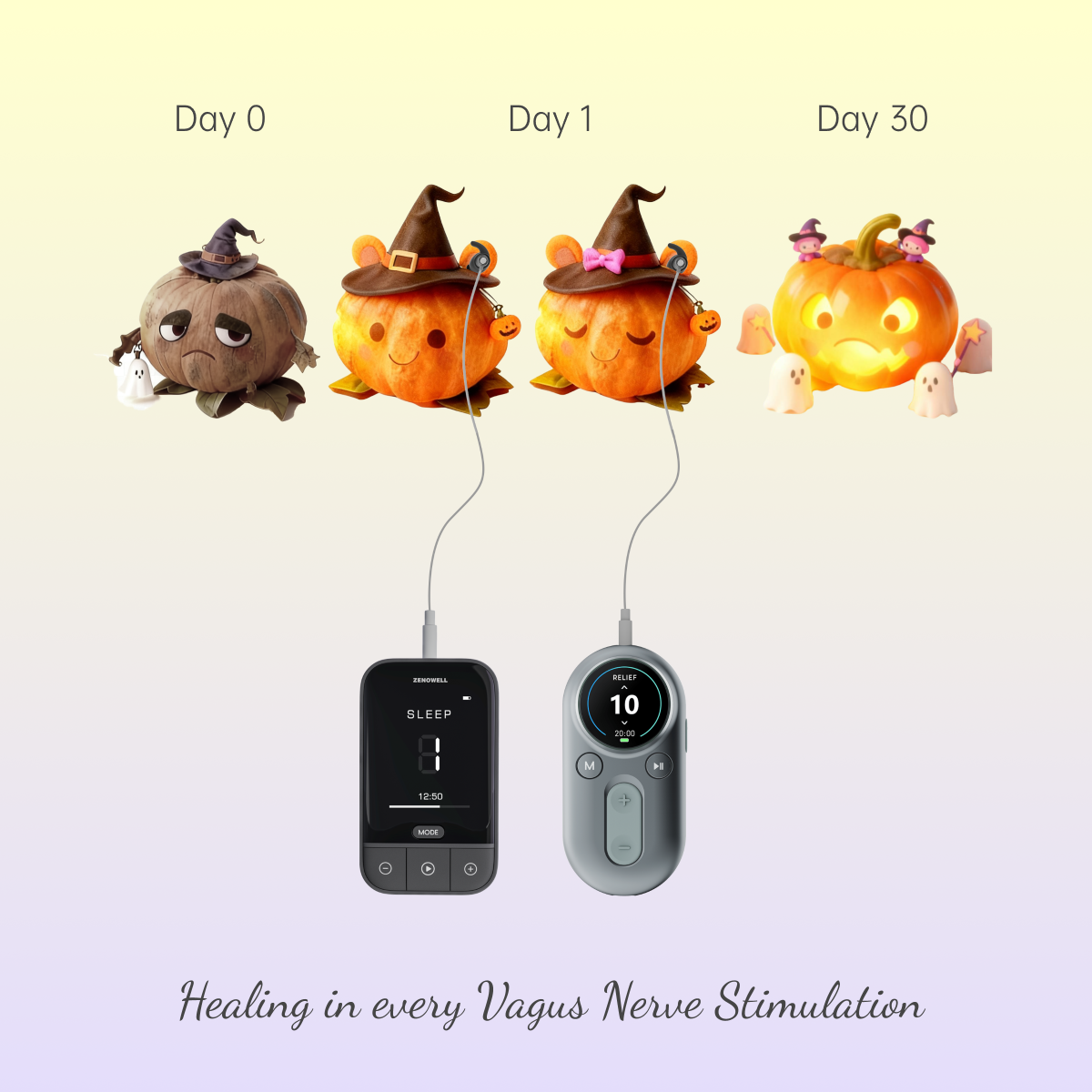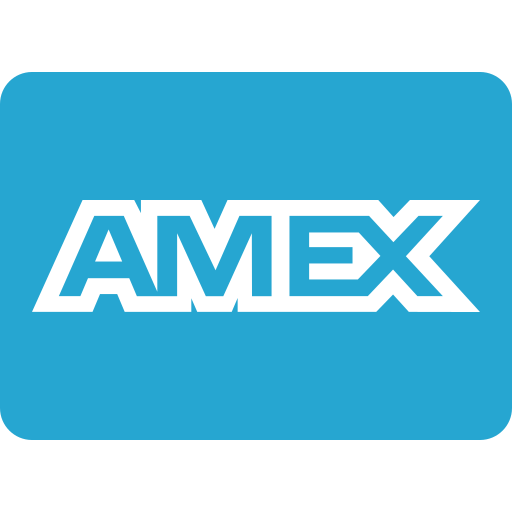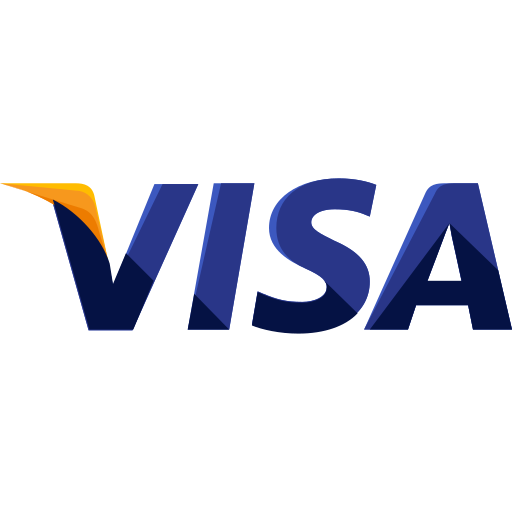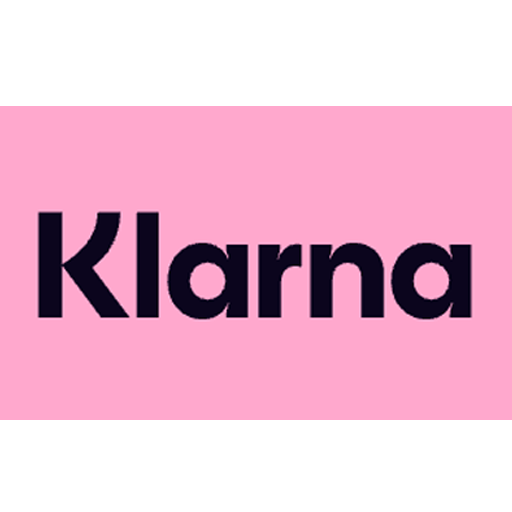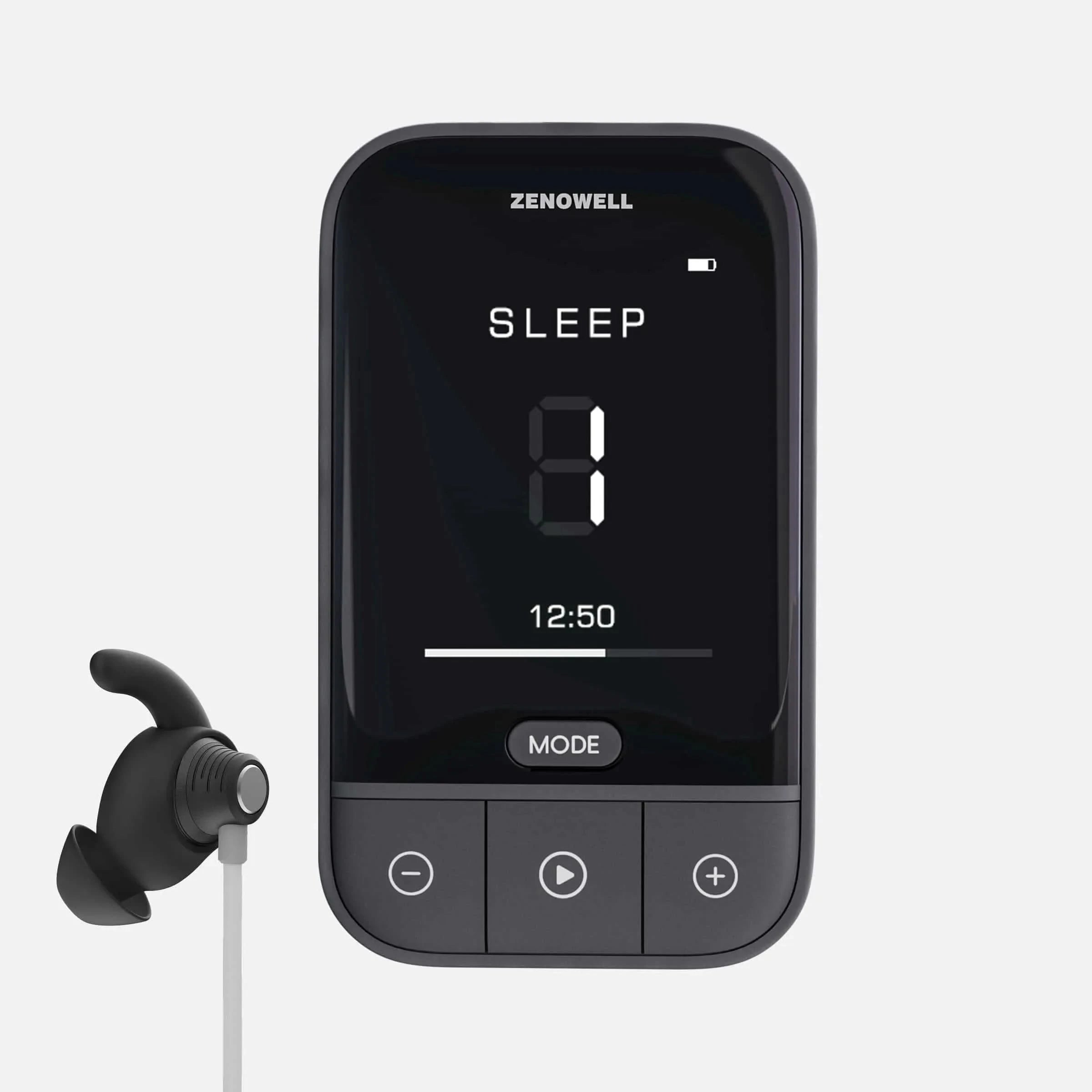Transcutaneous auricular vagus nerve stimulation: A promising tool for long COVID recovery
As research into post-COVID conditions grows, more studies point to taVNS (transcutaneous auricular vagus nerve stimulation) as a safe, non-invasive way to ease symptoms of Long COVID—such as fatigue, brain fog, insomnia, chest pain, and shortness of breath. taVNS may help by restoring autonomic balance and reducing inflammation. This article highlights three RCTs—one from the U.S. and one from Vienna—showing taVNS's feasibility, safety, and benefits.
Clinical Studies
In the U.S., Badran et al. (2022) tested a fully remote, self-administered taVNS system with 12 adults experiencing Long COVID symptoms like brain fog and fatigue. Participants used 25 Hz taVNS for two to four weeks, with twice-daily 1-hour sessions. The protocol was highly feasible, with most users mastering it within three sessions. Those who received four weeks of active treatment showed greater symptom relief, especially in mental fatigue. No serious side effects occurred[1].

In a recent study, Vienna, Pfoser-Poschacher et al. (2025) conducted a 12-week trial with 36 women receiving daily 30-minute taVNS sessions at 10 Hz, 25 Hz, or 2 Hz. All groups reported symptom improvement, notably in fatigue, breathlessness, and sleep. The 10 Hz group showed the strongest effect. HRV and cortisol remained stable, and the treatment was safe, well-tolerated, and widely accepted[2].
How Does taVNS Work?
taVNS targets the auricular branch of the vagus nerve, helping regulate autonomic activity and inflammation—both disrupted in Long COVID. It activates brain areas tied to mood, immune response, and parasympathetic tone. This may trigger the cholinergic anti-inflammatory pathway, reducing cytokines like IL-6[3]. By restoring nervous system balance, taVNS can improve fatigue, sleep, HRV, and cognitive clarity.
Conclusion and Discussion
These two studies support taVNS as a promising therapy for Long COVID, with strong feasibility, safety, and high user compliance in both clinical and home settings. The 10 Hz and 25 Hz frequencies showed the most consistent benefits, particularly for fatigue and brain fog. No serious adverse events were reported.
Overall, taVNS offers a non-invasive, safe, low-risk option for those with persistent post-COVID symptoms. As part of the bioelectronic medicine field, it could fill gaps left by conventional care. While early results are encouraging, larger trials are needed to confirm long-term benefits and refine treatment protocols. Encouragingly, a growing number of clinical trials are underway, which may soon provide deeper insights into the mechanisms and broader therapeutic potential of taVNS.
References:
[1] Badran, Bashar W., et al. "A pilot randomized controlled trial of supervised, at-home, self-administered transcutaneous auricular vagus nerve stimulation (taVNS) to manage long COVID symptoms." Bioelectronic Medicine 8.1 (2022): 13.
[2] Pfoser-Poschacher, Veronika, et al. "Feasibility and acceptance of transdermal auricular vagus nerve stimulation using a TENS device in females suffering from long COVID fatigue." Wiener klinische Wochenschrift (2025): 1-7.
[3] Corrêa, Fernanda Ishida, et al. "Transcutaneous auricular vagus nerve stimulation improves inflammation but does not interfere with cardiac modulation and clinical symptoms of individuals with COVID-19: a randomized clinical trial." Life 12.10 (2022): 1644.
[4] Germann, Maria, et al. "Percutaneous auricular nerve stimulation for treating post-covid fatigue." Brain Stimulation: Basic, Translational, and Clinical Research in Neuromodulation 18.1 (2025): 490.
[5] Gierthmuehlen, Mortimer, and Petra Christine Gierthmuehlen. "COVIVA: Effect of transcutaneous auricular vagal nerve stimulation on fatigue-syndrome in patients with Long Covid–A placebo-controlled pilot study protocol." PLoS One 20.5 (2025): e0315606.
[6] Rangon, Claire-Marie. "Vagus nerve stimulation for long COVID." Vagus Nerve Stimulation. Academic Press, 2025. 383-392.





